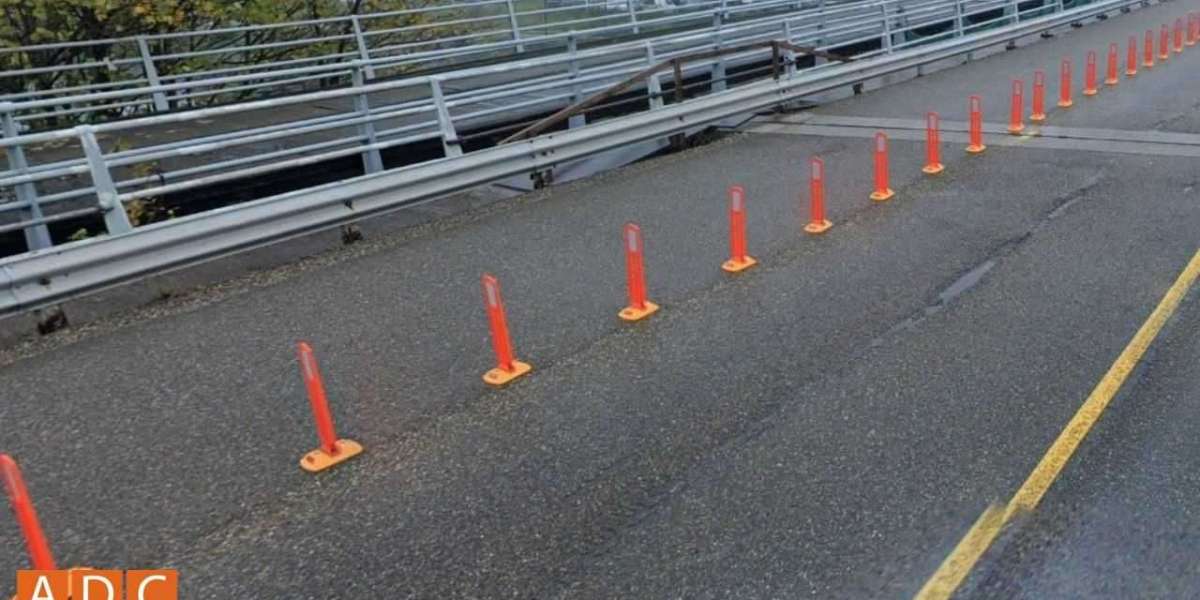Traffic lane dividers play a crucial role in maintaining order on the roads. By clearly marking different lanes and sections of a roadway, they help manage traffic flow, enhance safety, and reduce the likelihood of accidents. In this article, we will explore the importance of traffic lane dividers, the different types available, and the benefits they provide.
What Are Traffic Lane Dividers?
Traffic lane dividers are physical or painted barriers used to separate lanes on a road. They can be found in various forms, including lines painted on the road surface, curbs, or physical barriers. Their primary function is to guide vehicles into their respective lanes and prevent them from drifting into oncoming traffic or other lanes.
Types of Traffic Lane Dividers
Painted Lines
- Solid Lines: These indicate that changing lanes is not permitted. They are often used on highways and main roads where lane changes could be dangerous.
- Dashed Lines: These allow for lane changes and are typically seen in areas where merging or overtaking is permitted.
Curbs and Physical Barriers
- Concrete Barriers: These are robust structures placed between lanes to physically separate different directions of traffic. They are commonly used in road construction zones or on highways.
- Plastic or Rubber Barriers: Often used for temporary lane separation, these barriers are lightweight and can be easily moved.
Roadway Markers
- Reflective Markers: These markers enhance visibility at night and during poor weather conditions. They are usually placed along painted lines to make them more noticeable.
Benefits of Traffic Lane Dividers
Improved Safety
- Lane dividers help prevent accidents by clearly demarcating lanes and reducing the chances of head-on collisions. By guiding vehicles and preventing them from crossing into oncoming traffic, they play a vital role in road safety.
Efficient Traffic Flow
- Well-marked lanes help manage traffic flow efficiently. By ensuring that vehicles stay in their designated lanes, lane dividers reduce congestion and the likelihood of bottlenecks, especially at intersections and merges.
Enhanced Visibility
- Reflective and brightly colored lane dividers improve visibility during low-light conditions. This helps drivers to see lane boundaries clearly, reducing the risk of accidents.
Clear Navigation
- Lane dividers assist drivers in navigating complex intersections and multi-lane roads. They provide clear guidance, making it easier for drivers to stay in the correct lane and follow the road’s direction.
Reduced Road Rage
- When drivers know that lanes are clearly defined, there is less chance of confusion and frustration. This can lead to a decrease in aggressive driving behavior and road rage incidents.
Conclusion
Traffic lane dividers are an essential component of road safety and traffic management. By clearly defining lanes and guiding drivers, they help prevent accidents, improve traffic flow, and enhance overall road efficiency. Whether through painted lines, physical barriers, or reflective markers, the role of lane dividers in maintaining orderly and safe roadways cannot be overstated. Understanding their types and benefits can help drivers appreciate their importance and contribute to safer roads for everyone.








